23. June, 2025delish0
1. Automatic splicing system
• Pre-filled roll design automatically detects and initiates new roll bonding before existing ribbons run out
• Equipped with a dual-axis system, one roll can be prepared in advance while the other roll is working
• Photoelectric sensor monitors ribbon balance and triggers automatic switching
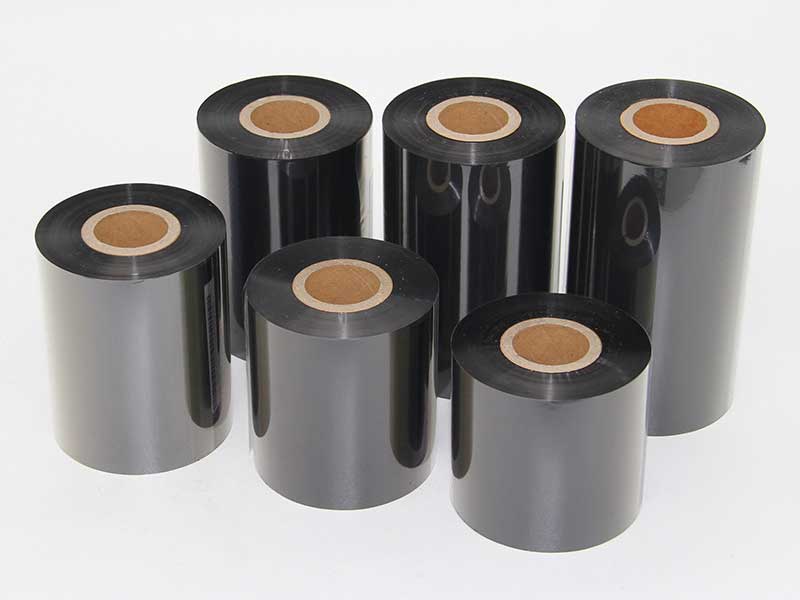
2. Quick roll changing mechanism
• Designed with magnetic or snap-on core fixtures that can be replaced without tools
• Split reel for quick disassembly and installation
• Integrated quick positioning system for guide rollers to reduce alignment time
3. Pre-prepare the workstation
• Set up a pre-preparation area next to the machine to uncoil, align and align new rolls ahead of time
• Use standardized cores and adapters to reduce set-up time
• Prepare multiple reels with pre-loaded ribbons for backup
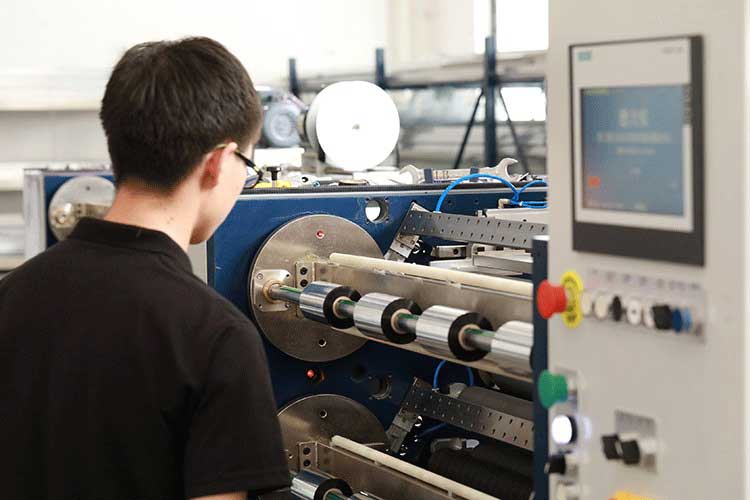
4. Intelligent management system
• Implement the MES system to predict the roll change time and remind the operator in advance
• Barcode/RFID automatically identifies ribbon parameters to reduce manual settings
• Record historical roll change data to optimize the roll change process
5. Personnel training and standardization
• Establish a standard roll change operation process (SOP) and continuously optimize it
• Special training for operators on rapid roll change
• Implement the concept of "Single Minute Mold Change (SMED)" to distinguish between internal and external operations
These improvements can reduce roll change downtime by 50-70% and significantly improve overall equipment effectiveness (OEE).


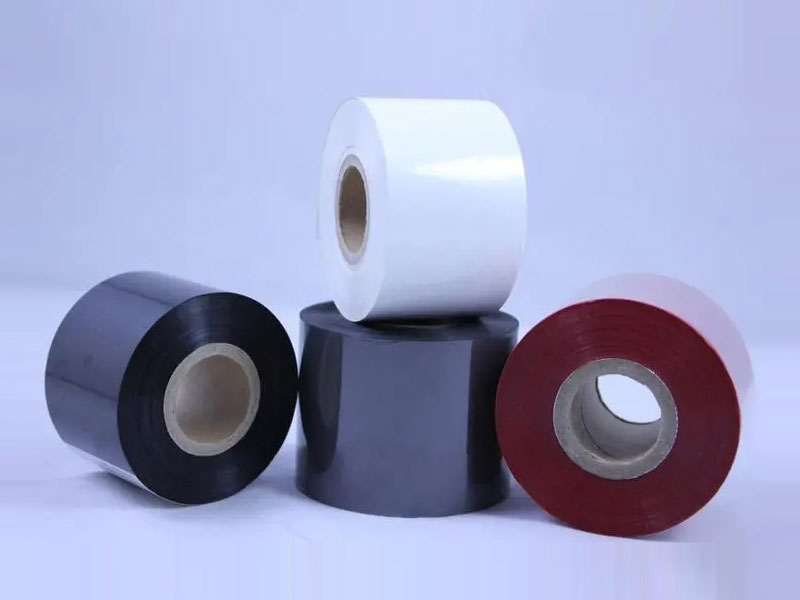
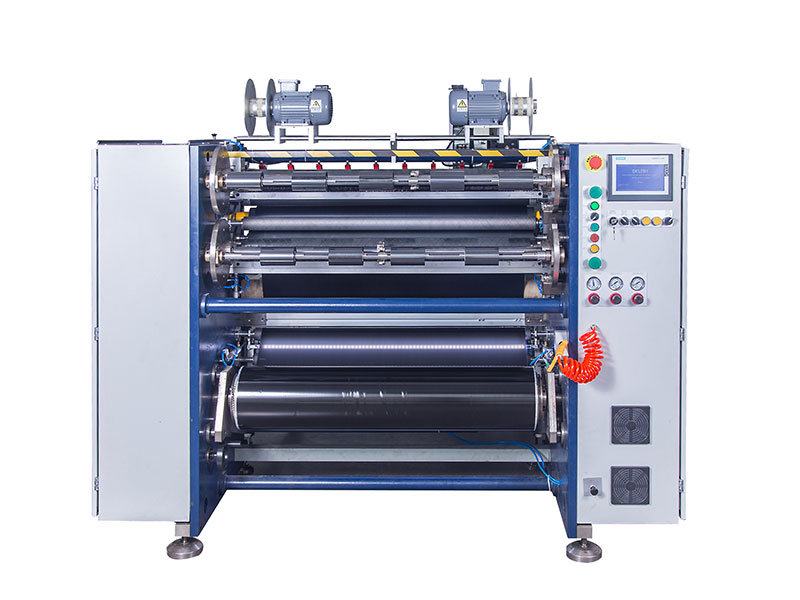
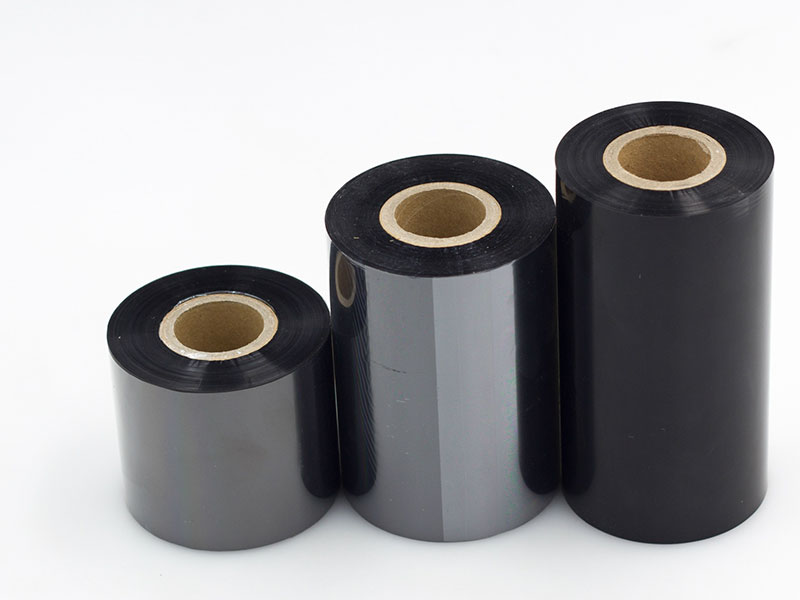
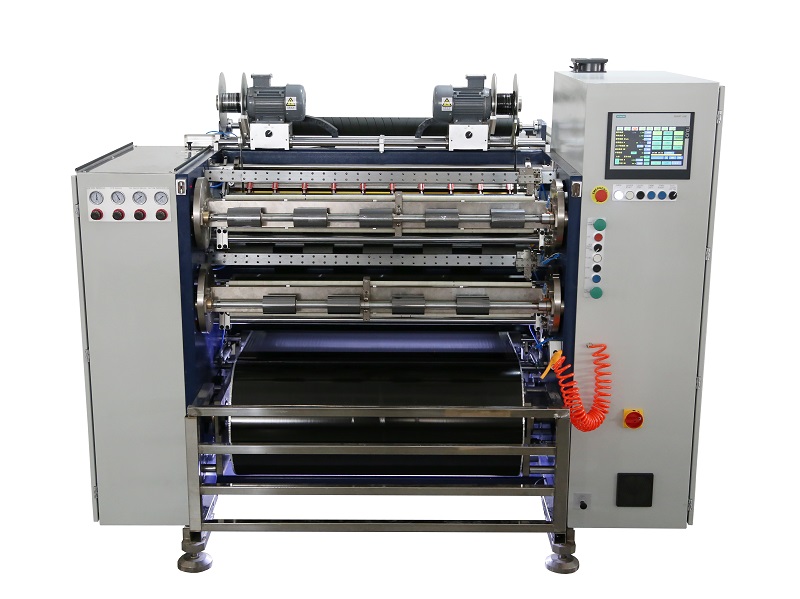 Fully Automatic TTR Slitter RSDS8 Plus
Fully Automatic TTR Slitter RSDS8 Plus Hot Stamping Foil Slitter 1600mm
Hot Stamping Foil Slitter 1600mm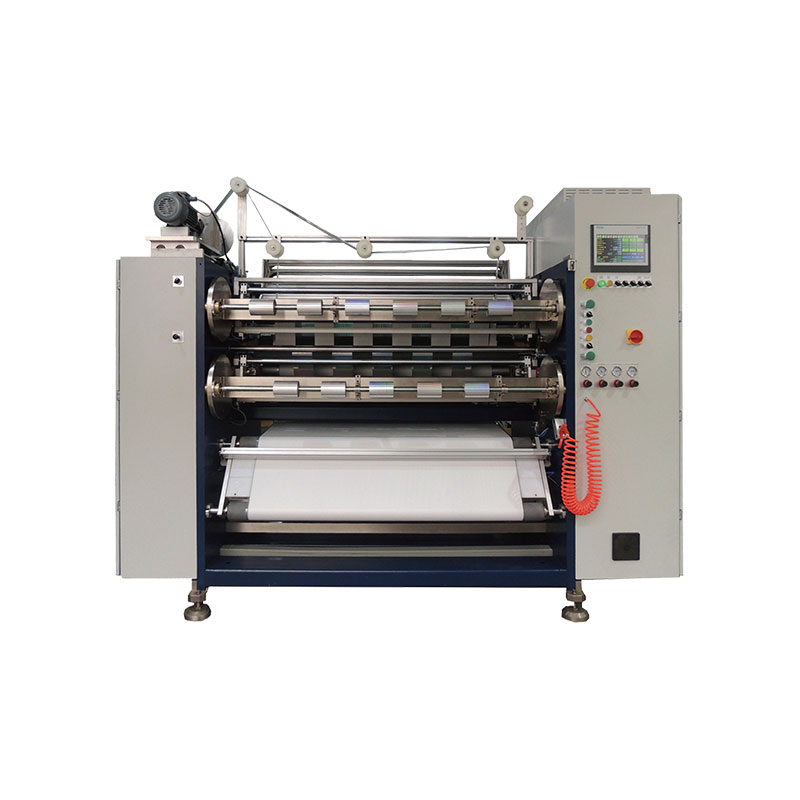 Hot Stamping Foil Slitter (4 Shafts)
Hot Stamping Foil Slitter (4 Shafts)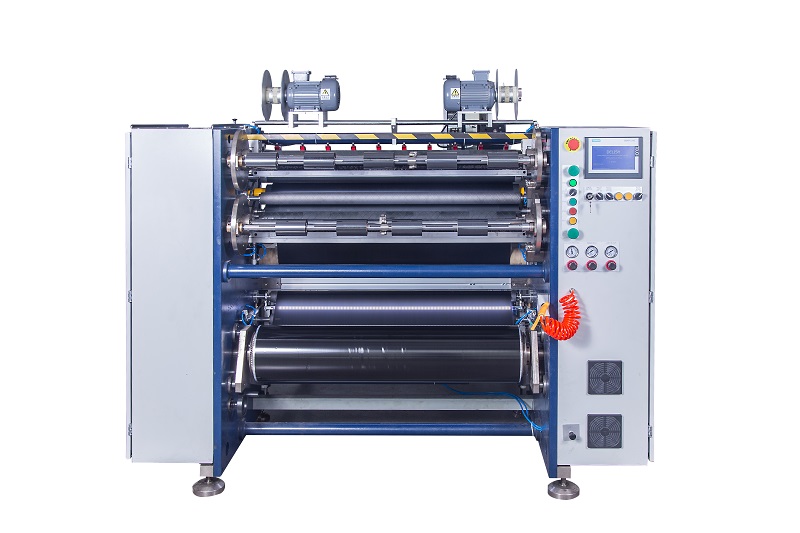 Semi-Auto TTR Slitter RSDS2 Plus
Semi-Auto TTR Slitter RSDS2 Plus Semi Automatic TTR Slitter RSDS5 Plus
Semi Automatic TTR Slitter RSDS5 Plus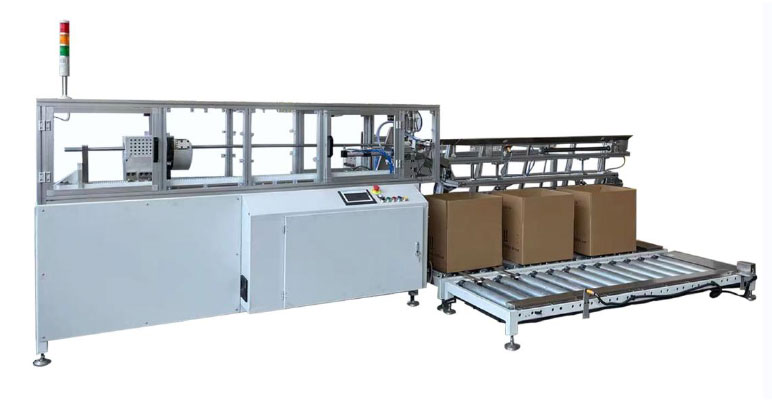 Auto Paper Core Cutter
Auto Paper Core Cutter Manual TTR Slitter RSDS2
Manual TTR Slitter RSDS2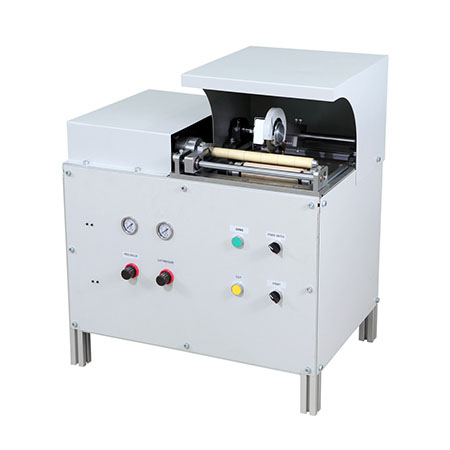 Manual Paper Core Cutter
Manual Paper Core Cutter





